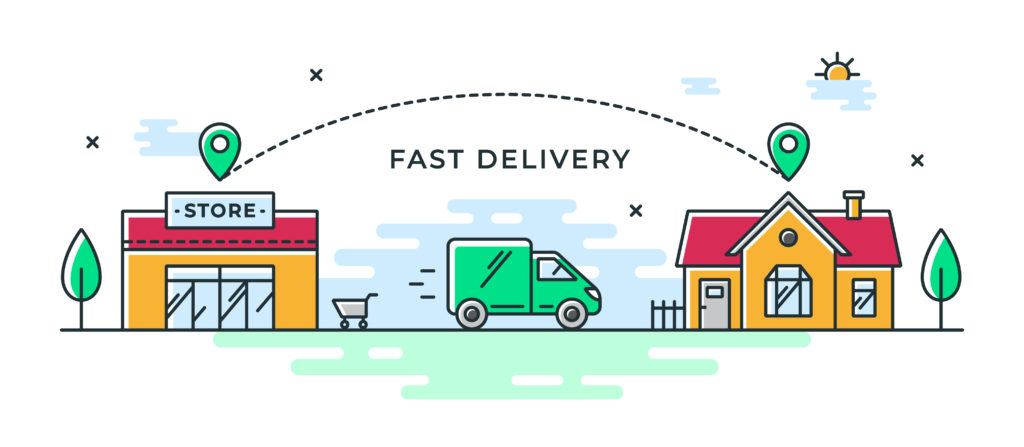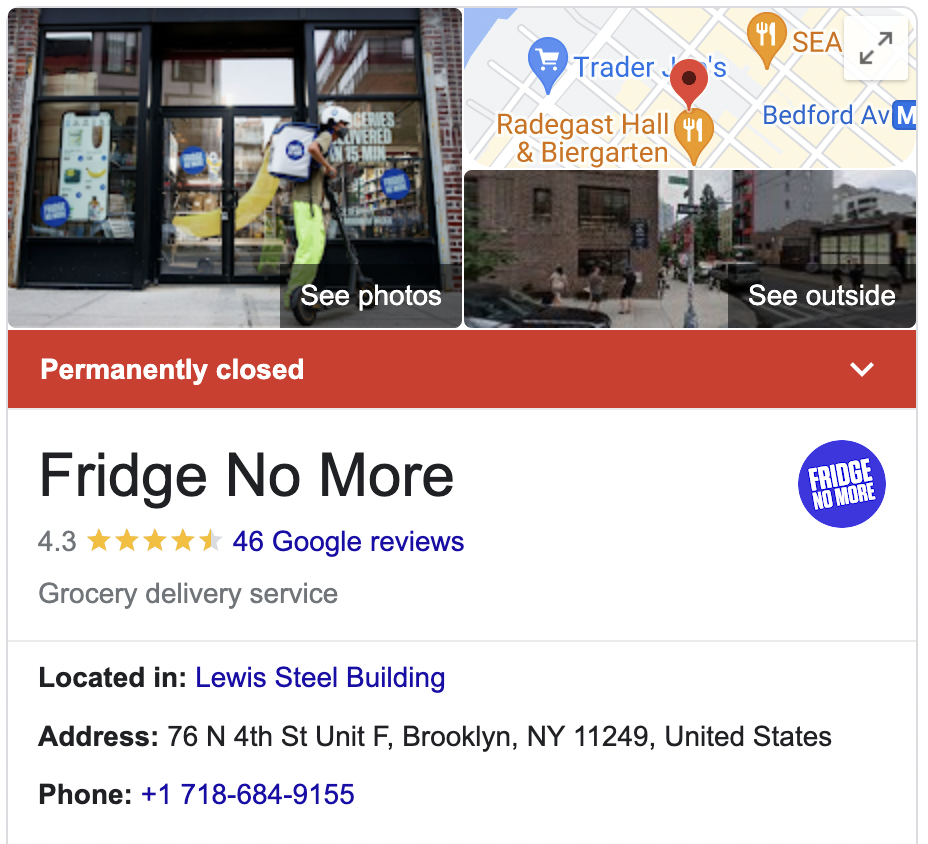
-
-
Products
- Industries
- Learn
- Partner
-
- Try Now
Over the last year, all we’ve been hearing about is Q-commerce (Quick commerce). How businesses are bringing in promises of doorstep delivery in a mere 10-15 minutes. On the face of it, the proposition seems promising, but is quick commerce a viable proposition to offer? Let’s jump into it.
Within the last year, we’ve seen many businesses jump into the quick commerce space. With brands either getting massive amounts of funding or being acquired for exorbitant prices.
On the precipice, the picture seems rosy, but with a deep dive into the market, one big question looms. “Is Quick commerce dead?” or perhaps, “Is the promise of Q-commerce bleeding out money from brands?”

The paradigm of the delivery industry was turned around when brands like Fridgenomore, Gorillas, Weezy, Blinkit, Zepto, and many more started delivering to their customers in a matter of minutes. With attractive deals and eye-catching offerings, consumer preferences shifted, because who doesn’t like getting their orders delivered in minutes, right?
Well, though it may have been an interesting offering. The reality today is that these brands offering Q-commerce are burning through money. With many players shutting doors, and many others looking to mergers and acquisitions in an attempt to gain some financial relief.
Fridgenomore, was one of the first to disrupt this space, after its emergence in October of 2020. The startup was forced to close doors in March 2022, when they failed to acquire funding and a potential buy order fell through.

Looking at some of the above examples, the biggest question we need to ask is, “Is Q-commerce sustainable?”
To break things down further, let’s take a look at the different touch points.
- The margin: Most businesses operating in the quick commerce space are primarily offering groceries and essentials. This in itself is a low-profit margin sector, due to perfect competition in the market, and highly competitive pricing. Thus leaving the profit margins very tight.
- Delivery charges: The entire value proposition of quick commerce seems to go against the thought of charging expensive prices when it comes to delivery. With so many big players going head to head to get a bite of the consumers’ wallets, delivery charges are ruled out when it comes to a source of cost minimization.
- Customer acquisition: As it is in most cases when trying to enter a highly competitive market, brands have to stand out to get the eyeballs of their prospective customers. This comes at a cost, with high expenditure on marketing, advertising, and customer acquisition.
The current conditions forcibly seem as if Q-commerce is a simple cash burn operation.
The safety concerns for Q-commerce
One of the most important factors that has always been a question mark with this promise of delivery in minutes is the safety of all parties involved.
The safety of riders
Many users have voiced their concerns about the safety of delivery riders, with a simple question, “Are delivery riders adhering to traffic regulations if they have to rush here and there because of a promise of rapid delivery?”
While many companies have come out claiming that the optimization to achieve rapid delivery happens through a series of programs and algorithms. Many riders have also said that they are indeed pressured to meet the stringent requirements when it comes to delivery times.
With a report from WHO saying approximately 1.3 million people suffer from road accidents each year, surely this added stress of pushing for rapid delivery doesn’t seem in the best interest of delivery riders. Recently, a delivery rider for 15 minute delivery service Zepto, met with an unfortunate accident.

The safety of consumers
The second stakeholder under scrutiny when it comes to safety is the consumer. The question is “With such a short time to package and dispatch items, are proper quality regulation protocols being followed?”
Conclusion
One thing is for sure, while we may debate whether or not Q-commerce can sustain with the current business environment, grocery delivery will never be the same.
Over the past 2 years, consumers have been showered with convenience when it comes to getting their groceries and essentials. With simple to use apps, and offering a wide array of products, the sentiment of convenience has made its way into the everyday lives of shoppers.
What once was a topic up for discussion when it came to having a digital presence for a local grocery store, now has seemingly become more of a necessity to simply stay in touch with the current reality.
Subscribe to stay ahead with the latest updates and entrepreneurial insights!

Subscribe to our newsletter
Get access to the latest industry & product insights.






















